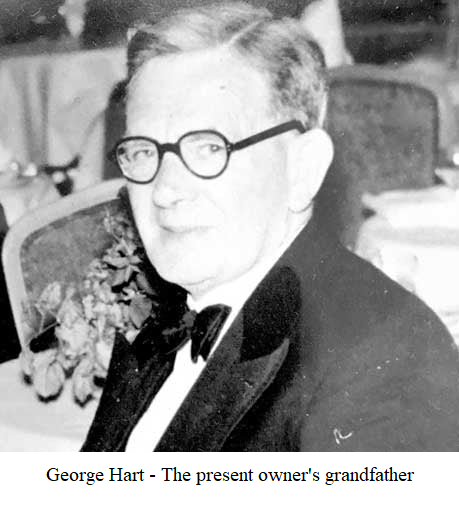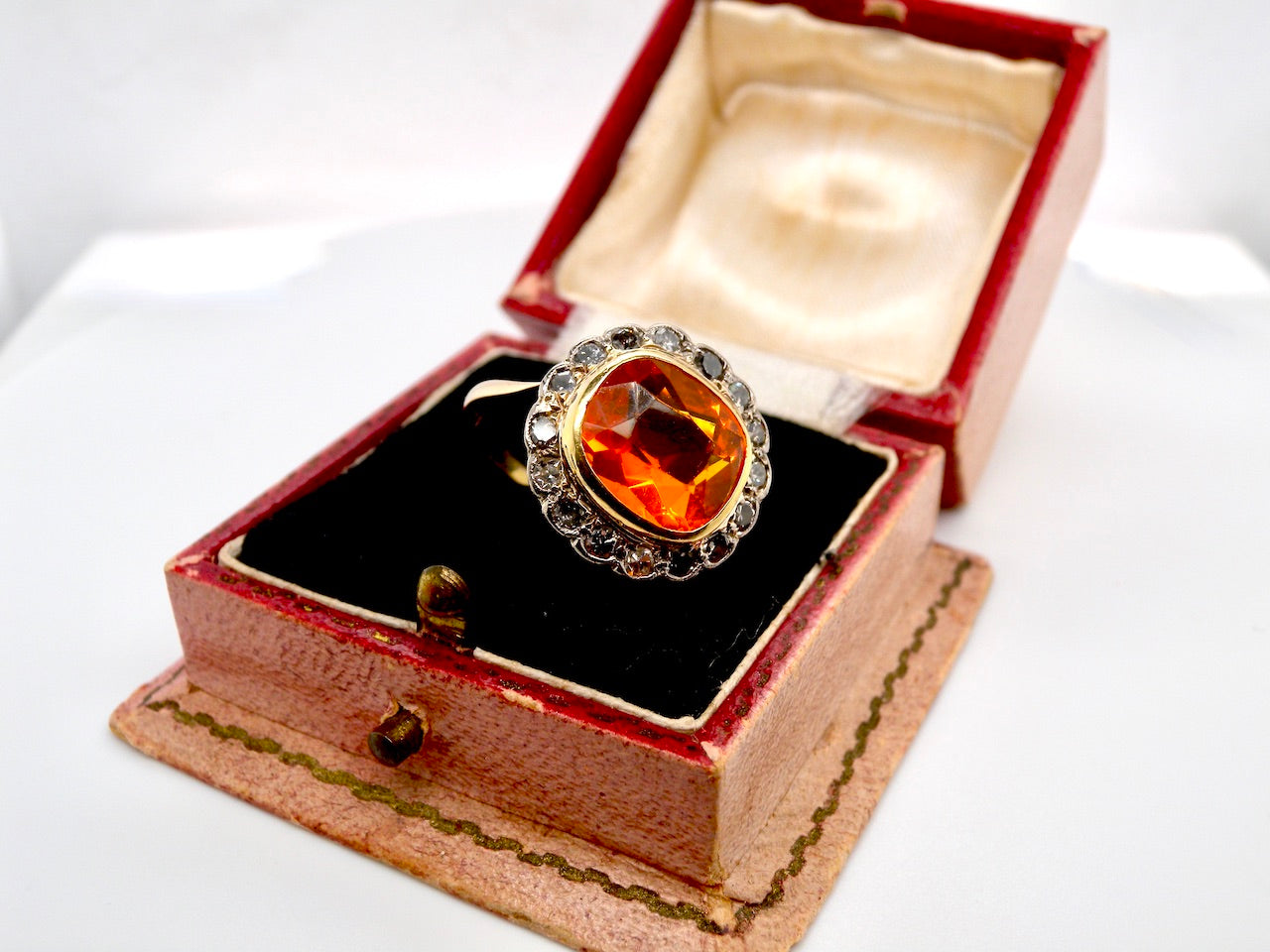King Edward VII earned a reputation as being a happy-go-lucky playboy who enjoyed gambling. His love for beautiful, expensive material things, included jewellery, which had a significant influence on jewellery fashion of that era.
The La Belle Epoque Era
The Edwardian Era, referred to by the rest of Europe as “La Belle Epoque,” was a time when the elite lived their lives wallowing in wealth and merriment.
Royalty and nobility from all over the globe attended his superb coronation, all of them doing everything it took to look more exquisite than the next person. Edward VII held soirees and society balls that were absolutely spectacular, which resulted in a tremendous demand for expensive, extravagant jewellery from the incredibly wealthy elite.
It was the done thing during the Edwardian era, for high society to deliberately display their level of material wealth, which included the jewellery they wore at every available opportunity.
Cartier the Royal Jeweller
This well-known jeweller first opened its doors during the 1800s and was well-established at the beginning of the 20th century. Apart from being a household name, Cartier became even more sought-after when, because of its fashion and innovative-led approach to jewellery, it was announced that the house was the official jewellery supplier to the King.
It was Cartier that used platinum in its Edwardian jewellery, initiating the “white on white” fashion trend that lasted right up until 1914, at the start of WW1.
Materials And Techniques Used For Edwardian Jewellery?
Edwardian jewellery is dainty, beautiful, and made with exceptional craftsmanship, and consists of expensive, durable materials like diamonds and platinum. Hand-crafted jewellery once again became fashionable, rather than mass-produced pieces.

Inspired by the trends of the 18th century, the jewellery once again became detailed and exquisitely detailed, and included traditional motifs like garlands, ribbons, lace, and bows. These intricate, delicately styled pieces were adored by Edwardian fashionistas!
Platinum
Platinum gained popularity at the beginning of the century and was used abundantly in Edwardian jewellery. The metal was tough enough to be used for the light, millegrained, “lace” jewellery, encrusted with diamonds, which was the perfect match for the lady-like pastel fashions of that period.
Millegrain was a new decorative technique using platinum, that also became extremely popular. It consisted of a border formed with delicate ridges and balls surrounding a gemstone or at the edges of a piece, to give a softer, lighter look to the jewellery.
Diamonds
Diamonds were readily available and reasonably priced in the Edwardian era, thanks to De Beers Consolidated Mines Ltd., which was founded in 1888. Jewellery items of that time frequently consisted of a few diamond cuts in a single design, as different, unique diamond cuts were created.

Invisible settings were also popular and suited the light and delicate designs preferred by wealthy women. These settings were exquisite, since they made it look like the diamonds seemed to float above the skin. The lacy, filigree settings involved thin metal threads and small metal beads being used to create an elaborate design.
Pearls
Pearls were considered a true status symbol during the Edwardian era because they were even more valuable than diamonds! The quality and size of the pearls was imperative. These luminous gems were perfect to use in the lacy “white” theme of the time, with many pieces using both pearls and diamonds in their designs.
Popular Edwardian Jewellery Styles
With Buckingham Palace as inspiration, the popular jewellery fashion of the Edwardian era included glittering diamond and pearl filigree tiaras were worn to the many events held at the palace.
Necklines also evolved, becoming more revealing after the conservative lines of the Victorian era. Necklines were suddenly important, which resulted in new and different jewellery also being created, such as chokers, or dog collars as they were referred to back then. Chokers could consist of a series of strings of pearls joined together, or a ribbon decorated with gemstones or a brooch.

Long necklaces also became fashionable, with full length chains of pearls being worn that reached below the waistline. Other long necklaces, known as “sautoirs,” consisted of long ropes of beads or pearls with a tassel at each end, were wrapped around and around the neck in excessive proportions.
Still More Stunning Edwardian Jewellery!
Cartier, always seemingly aware of fashion trends, came up with the lavalier, an extended double-pendant necklace, also referred to as a negligee. Also extremely popular, was a Boucheron necklace of strung pearls separated by small diamond discs, a creation by Paul LeGrand.
Bracelets of the time were dainty and light, with flowery designs and swirling motifs, and were normally worn on their own. Another bracelet fashion trend was one with elaborate front portions that tapered away to elegant chain links that lay across the base of the wrist.
Rings too, were very much a part of Edwardian jewellery fashion. They were elaborate, beautiful, sparkling designs that these days, make absolutely stunning engagement rings. Platinum was used most times, with as many diamonds as possible, to create rings with intricate millegrain and filigree designs. Edwardian rings in short, are best described as works of art and look great worn on their own or with a plain wedding band.

At the beginning of the century, plain diamond studs were all the rage, but these were soon overtaken by earrings with dainty, lacy designs. It was high fashion to wear long, shimmering earrings with tiny laurels with a large stone in the centre. Flimsy, fabric-type earrings in a variety of styles and shapes also became part of the fashion trend, with all the usual Edwardian elements, including openwork platinum, millegrain, pearls, and diamonds.
The decadent Edwardian era came to an end in 1914, at the start of WW1. The merrymaking party scene was eclipsed by the war, and all valuable, durable platinum was redirected to the war effort. The Edwardian party era was over.
Here at Vintage Tom we have a fine range of Edwardian Jewellery that is always changing. So please feel free to browse our amazing collection of these very unique Edwardian pieces.



